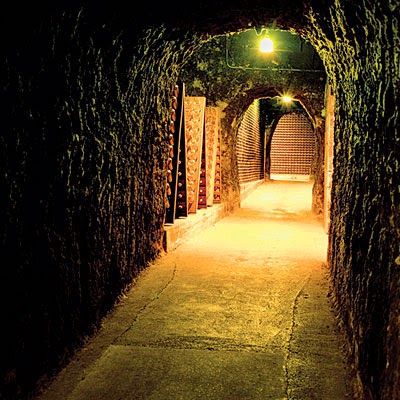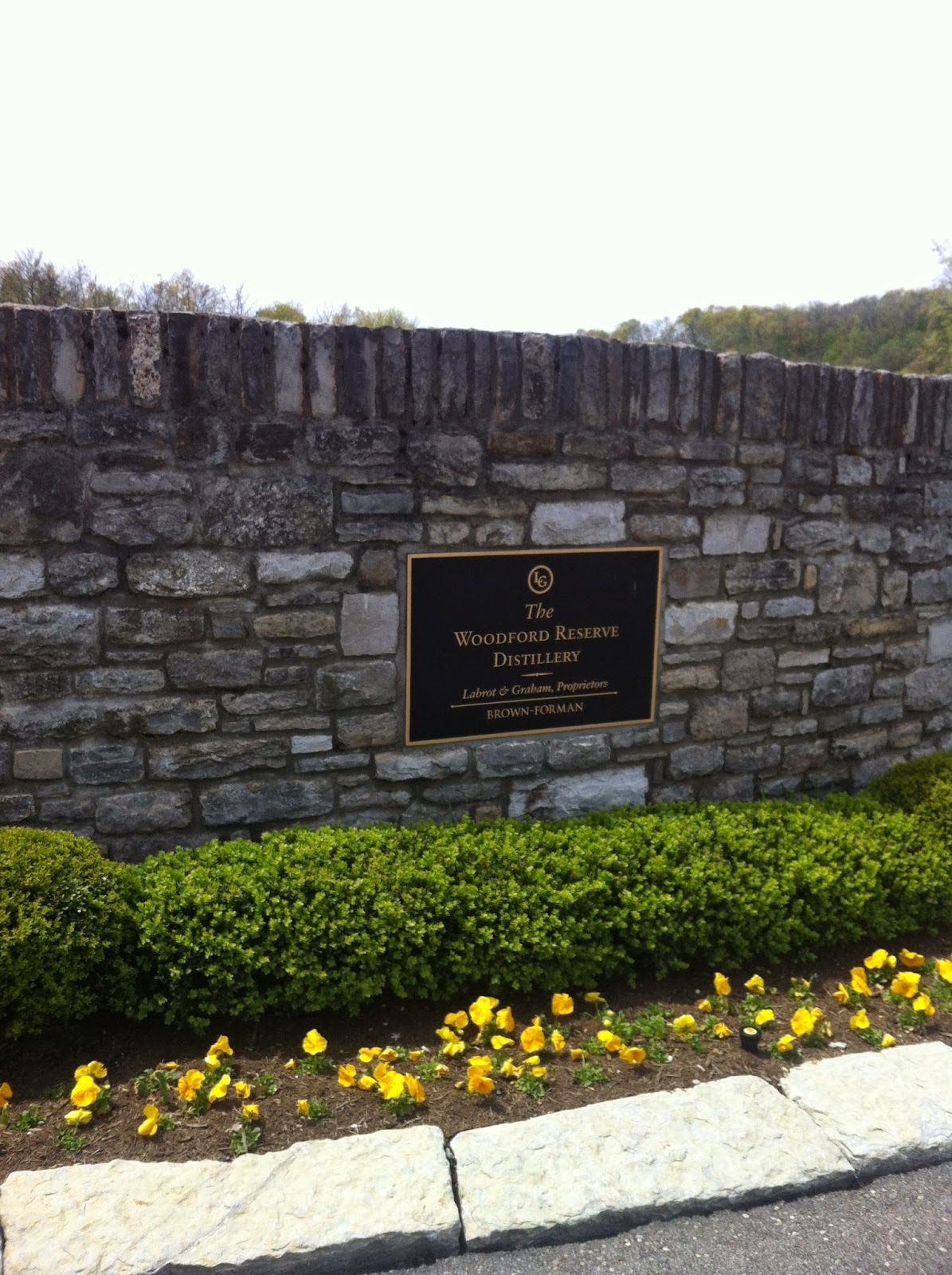"This way for Champagne"
Strange that during these end of year holidays bubbly becomes more prevalent. New York dedicates a whole week to the stuff. I drink it as often as possible and almost every good meal begins with at least a glass. Champagne is known as an aperitif(French) or aperitivo(Italian) which roughly translates "to open" or "opener" and refers to an alcoholic beverage that is meant to be an appetizer and prepare your mouth (cleanse the palate) for the food you are about to eat.
In March of 2010, my family and I set out for Paris, but I wanted them to experience something extra special. This was the first time my grandmother, Nina, had ever been to Europe and it was a celebration! All good celebrations need bubbly! So I set us up for a special tour and tasting of Taittinger.
Taittinger is not an old house with hundreds of years of experience. but rather one mans passion that began shortly after World War I. Pierre Taittinger was impassioned with the region and set out to make excellent quality sparkling wine. The seat of Champagne Taittinger sit on the remains of the Saint Nicaise Abbey which dates back to the 13th century. It is in these hallowed caves that this beautiful sparkling is allowed to age and mellow.
*these are pupitres or "riddling racks" for the Remuage Process
What is Champagne? Only grapes that are grown in a legally defined area in northern France and processed by the methode champenoise may be called a Champagne. Only three varietals may go into a Champagne: Chardonnay, Pinot Noir and Pinot Meunier. Champagne begins as any other wine, but then goes through a secondary fermentation in the bottle. A "liqueur de tirage" is added to a bottle of wine, this is a mixture of sugar and yeasts, and then placed in pupitres or "riddling racks" and undergo remuage. During this pain-staking process and person will turn the bottle a slight bit and pitch it up a slight bit. After eight weeks the bottle will have been riddled to the point where it is fully pitched and all the sediment has settled in the neck of the bottle. A disgorgement of the sediment is done by essentially freezing the neck of the bottle and removing these yeasts and then a dosage is added to fill the bottle to its full capacity and then re-capped.


Comtes de Champagne Blanc de Blancs, arguably the best blanc de blanc made. It is produced only in exceptional vintage years and is intended to be the ultimate expression of the Taittinger style. This wine is comprised entirely of Chardonnay grapes grown in the top vineyards of the prestigious Cote des Blancs. Only the first press juice is used and only a small portion of the blend spends three to four months in new oak barrels. Prior to disgorgement, the Blanc de Blancs is aged for 10 years on the lees. When it emerges from the bottle it should be powerful, refined and complex with notes of citrus fruits, lime and carmelized grapefruit. The finish will be long and lush and leave you wanting more!
Don't wait for special occasions to enjoy the bubbly...life is a special occasion...enjoy it!
Sante!











































.JPG)





